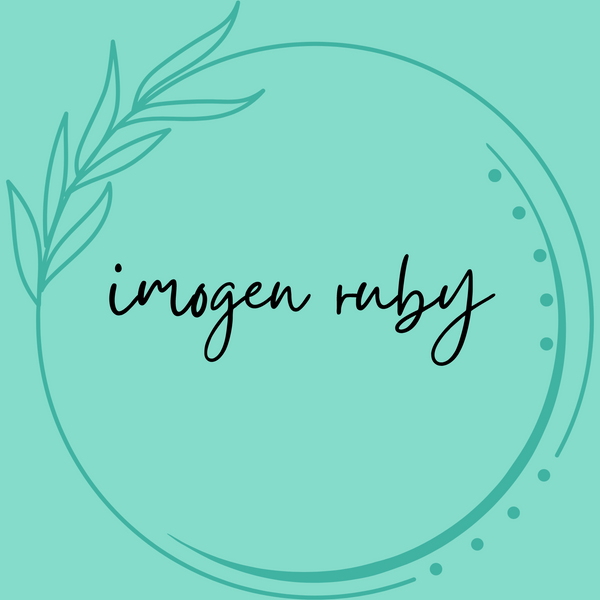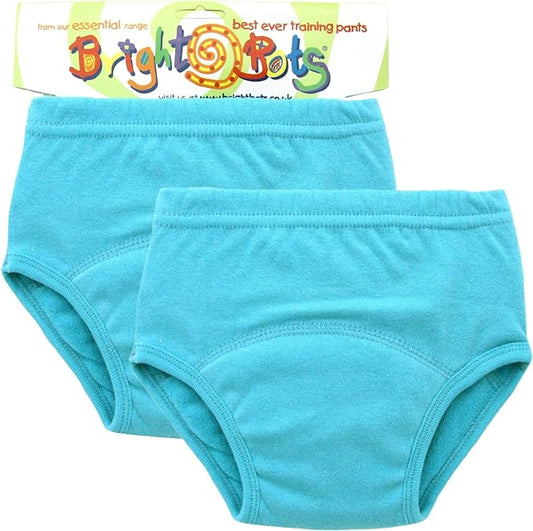Using Reusable Nappies
Share
You have taken the first step and decided you want to use cloth nappies rather than disposables. However, where do you begin? This is a brief guide into the different types and parts of reusable cloth nappies.
For personalised advice and recommendations, please get in touch! We'd love to support you on your cloth nappy journey.
Three Main Parts of a Nappy
All reusable cloth nappies have three main parts:
- Waterproof layer
- Absorbent layer
- Liner
Waterproof Layer
The waterproof layer is the barrier between the nappy and the clothes. Sometimes this is attached to the nappy as one piece and sometimes it is a separate wrap.
Absorbent Layer
This is the part of the nappy that absorbs the wee and contains the poo. They are usually made from bamboo, hemp, cotton or microfibre and you can add absorbency through boosters and inserts if needed - e.g. for nighttime use.
Liner
This is the layer closest to your baby's skin. This helps to catch any solids and acts as a stay dry barrier against baby's skin. You can use disposable liners which means that the liner and the poo all go into the bin, or you can use fleece liners which act as a stay dry barrier and you either pop the poo into the toilet/nappy bag. Once you have removed the poo, you wash the liner with the rest of your nappies.
Types of Reusable Nappies
There are a few different types of reusable nappy and whilst some are better suited for night time use, or quicker to dry, which sort you prefer tends to come down to personal preference.
All in one nappies are all one piece. So the waterproof layer and the absorbent layer are attached.
| Pros | Cons |
| Quick to change | Can take a long time to dry |
| Easy to use | Sometimes less containment and absorbency |
| Often slim fitting |
All in two nappies are all in two pieces - the absorbent layer poppers into the waterproof layer. This means that you can have multiple absorbent layers and when you change baby's bum you take the wet absorbent layer out and popper in a fresh one - unless they have poo and then you want to change the whole nappy!
| Pros | Cons |
| Quick to dry - popper apart the parts | Slower to change - popper in the inserts |
| Usually slim fitting | Not as much choice between brands |
Pocket nappies are where you 'stuff' absorbent boosters/inserts into a pocket made by the waterproof layer and a fleece liner. This means you can decide how much absorbency your baby needs. Pocket nappies are stuffed before use so once they are stuffed, they work like an All-In-One.
| Pros | Cons |
| Quick drying - the inserts and the waterproof layer dry seperately | Time - You need to allow time to stuff the nappies before use |
| Quick to change | Can be on the bulkier side if you need to use more layers for absorbency |
Two Parter System
A two part nappy system means that there is a separate nappy and wrap. This may be a fitted nappy or a traditional flat nappy which you fold around baby.
| Pros | Cons |
| Highest absorbency and containment | Can be slow to fit - fitting first the absorbent inner and then the wrap. |
| Best for night time use | Can be bulky |
| Can be slow to dry (depending on the material the cloth nappy is made from) |
As with anything new, there can often be a few new words and terms which when you're starting out don't make any sense! Check out our full jargon buster here to help you understand everything there is to know about reusable cloth nappies!














